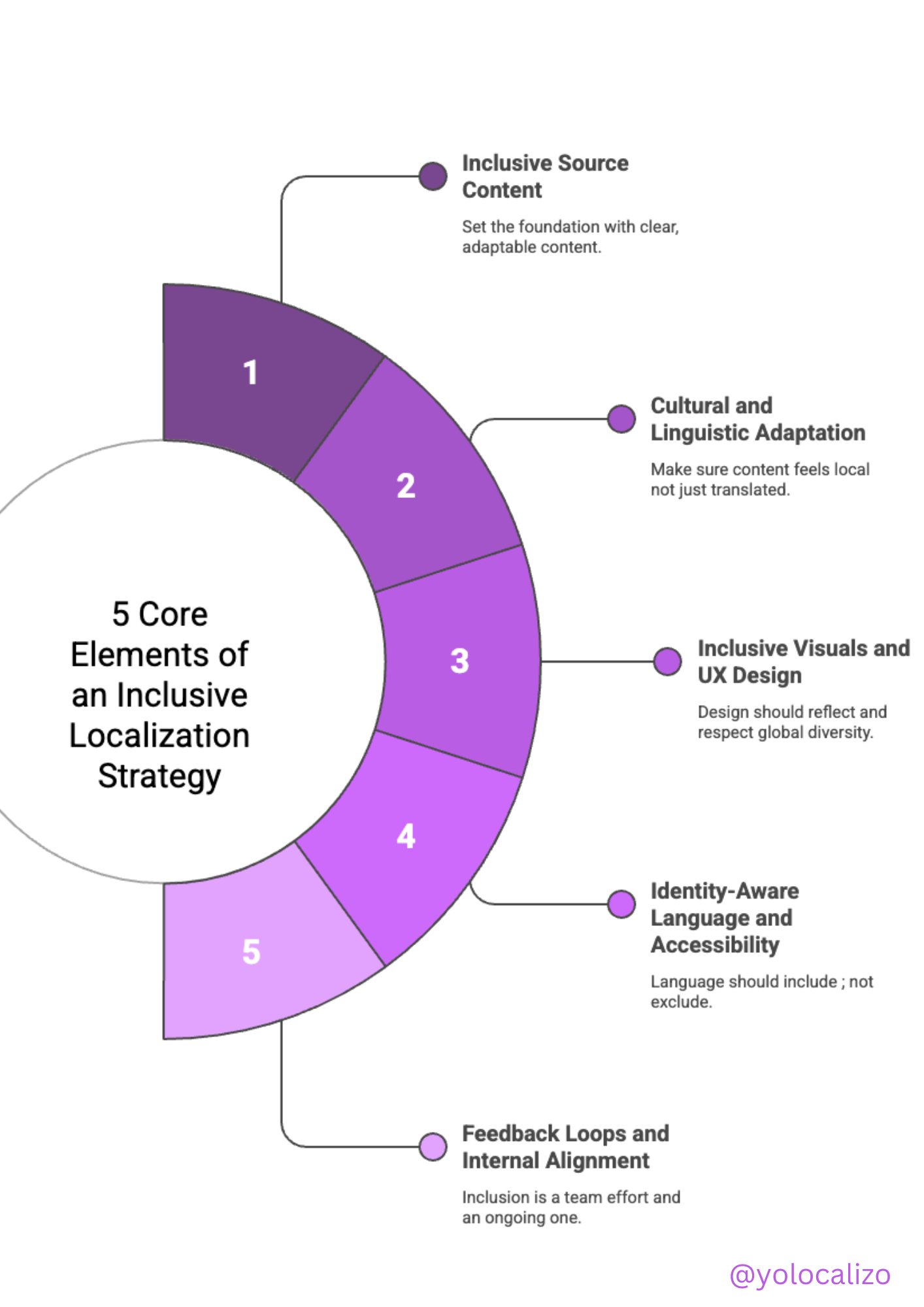5 ideas to monitor brand/product reputation across Languages
How Google Works is a book that I like to re-read from time to time (click here to access the summary I made), I read random pages when I am waiting for a bus, while waiting my son finishes his classes of tennis or simply, when I am waiting for my flight to go to wherever I have to fly this time…. It is a book that I usually carry in my backpack and that whenever I review it gives me something that the first time I read it happened unnoticed.
The way Eric Schmidt thinks (the one who was CEO of Google for many years and member of Alphabet Leadership team) seems worthy of study to me. He has a capacity for synthesis when creating a strategy worthy of admiration.
If you are interested in the area of strategy, coaching and in general how things happen in Silicon Valley I recommend you listen to this wonderful interview that Tim Ferriss did in his podcast. Click HERE to listen
Anyways, returning to the book and my rereading of random chapters ... last Sunday was a rainy autumn day around here, and the rain is something we are not used to in Spain! It's like we run out of ideas about what we can do when it rains; so, we stayed home all afternoon in HBO + popcorn mode ... and while my children finished their homework and while I finished baking some pizzas I grabbed the book How Google Works and I began to reread it.
This paragraph of Coase law caught my attention as I was reflecting on something happening in my Localization world. It was around the following idea ... how much can a Globalization team reduce its size without compromising its quality and efficiency? How large is it worthwhile to get services from a vendor? I mean, I am an advocate of the outsourcing model, there are excellent LSPs out there that can greatly help all of us who are in the buyer side, but does it make sense to send everything out? and if not, what are the least recommended tasks of doing outsourcing?
And that's where this paragraph in the book where the Coase law is explained helped me to find the answer with these 2 ideas:
Nowadays businesses should shrink until the cost of performing a transaction internally no longer exceeds the cost of performing it externally
In the Internet century the objective of creating networks is not just lowered costs and make operations more efficient, but to create fundamentally better products
One of the most important pillars of a Globalization team, and that I believe is covered by that Coase law are the brand style guides. That documentation is fundamental, and this process is something that I believe should be done by the Localization internal teams because after all, the Localization team has the responsibility of defining how the company and the product will be perceived in the different markets
A brand style guide is a document designed to help writers and translators decide the best way to convey the messages based on our brand identity and style. It needs to summarize a few key points to make it worthwhile.
I believe the creation of a brand style guide is part of the core business of a Localization team and it should not be outsourced. After all, the credibility of our brand is at the mercy of the quality of our translations!
So, it does not seem like a bad idea that we dedicate time to think about what we want to include in our brand style guide!
In the following graph, I created a summary of the aspects that we should consider when drafting our Brand style guide
Click on the image to enlarge the Infographic
Having that guide is a great step towards creating a strong brand reputation on the Internet, but the best way to know if we have it is to monitor our presence and thus be able to act based on the results we obtain.
The following infographic is inspired by the material published by the Search Engine Journal where they give us the advice to monitor Brand reputation across languages
Click on the image to enlarge the Infographic
Treat your content with love and remember the importance of being culturally sensitive, and that will help you to ensure people say good things about you!
If you outsource Globalization tasks how do you find that balance between what you can outsource vs what you consider is core knowledge in-house that it should not be outsourced?
How do you manage the idea explained in the Coase law, how you balance shrink until the cost of performing a transaction internally no longer exceeds the cost of performing it externally in your org?
How do you monitor your brand or your product reputation in the local markets to assess the value of your localized content and how is perceived?
Leave your comments below! I would love to know your approach to get more ideas and inspiration! Together is better ☺️
Have a lovely week!
@yolocalizo















Localizability has always been a challenge small issues in source content often lead to big problems later in translation. In this post, I explore how AI is giving localization teams a powerful new way to improve source quality, reduce friction, and create better content for every market right from the start.